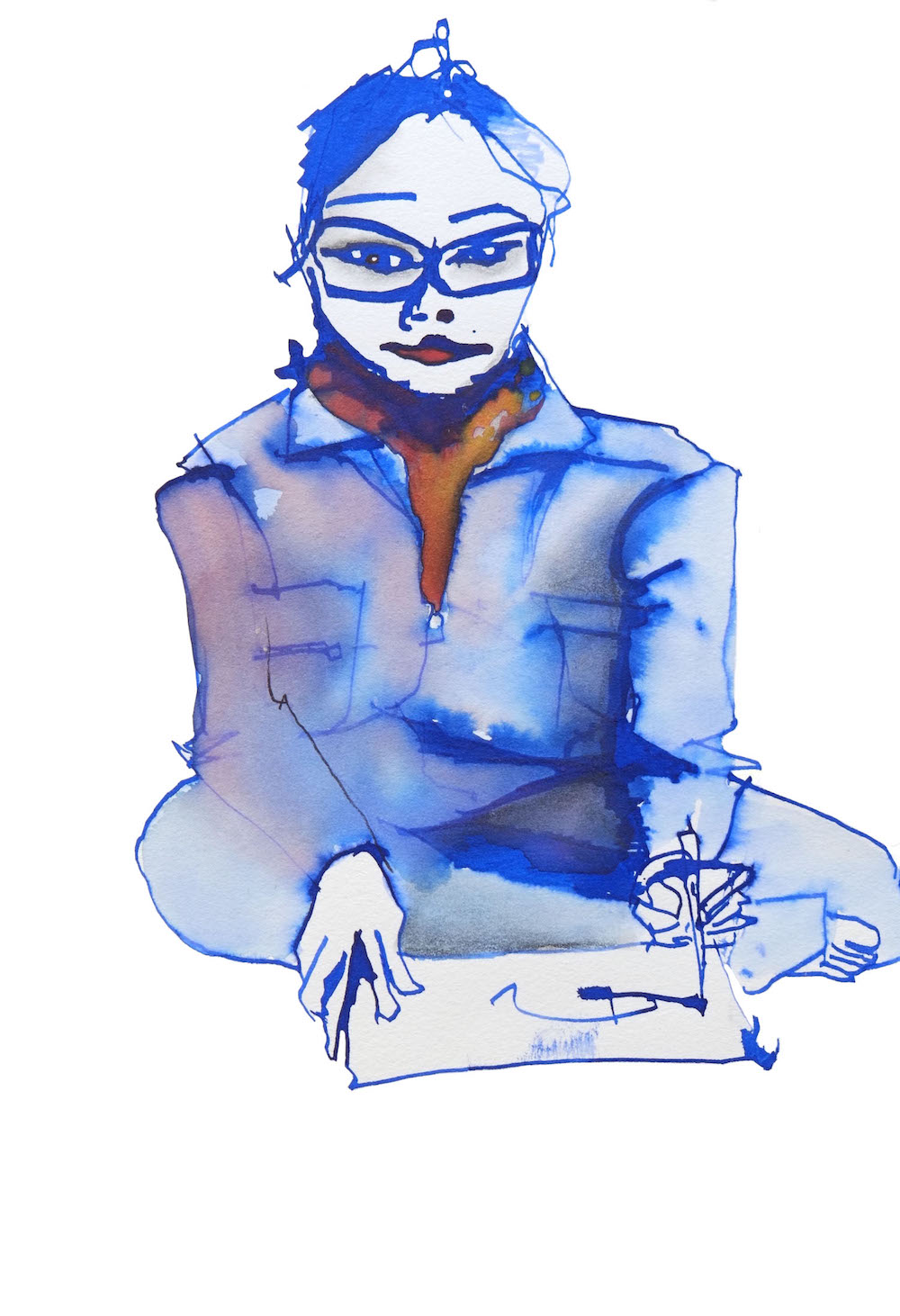Anatomical Wax Sculpture of the Head and Neck | God's Little Joke
 Friday, February 26, 2021 at 2:48AM
Friday, February 26, 2021 at 2:48AM It is a rare moment as an artist when you take your own breath away. The making of this sculpture has been a great pleasure and a turning point in my work. Many of you who have been part of my journey thus far know that I have returned to art through architecture, and I am currently finding much inspiration and joy in discovering the parallels between art and science in the pursuit of life's questions, both in my studio practice and in my current role as artist in residence at The Wellcome Centre for Anti-Infectives Research (WCAIR), Dundee. An exciting adventure; one with no road map but many strong shoulders to guide and support me. This is an introduction to this piece, only. I aim to share insight on some of the process stages at a later date for those that are as interested in the back of house as I am.
God's Little Joke is the term surgeons have given to the temple (pterion) region of the sides of the human head, the geographic location where 4 separate skull bones meet and fuse in development. This is the thinnest part of the scull, yet underlying it is a major arterial network that can be easily damaged through acts of violence. The tension that is the balancing act between the body's inherent strength and vulnerability always strikes me as profound. This sculpture is posed in a state of surreal sleep, neither alive nor dead but suspended and exposed; an offering. The exquisite branching of the middle meningeal artery on the right side of the head just beneath the surface of the dura mater (thick membrane surrounding the brain) was the conceptual starting point of the sculptural composition; the surrounding anatomy drawing the eye up to the canopy to draw a long breath.
The process I have undergone is one of building the body layer by layer in wax from the inside out, using research into anatomy reference texts and first hand observational drawings of a dozen cadaver specimens in the dissection room at The Centre for Anatomy and Human Identification at the University of Dundee (CAHID), Scotland. My heartfelt thanks goes out to the incredibly generous network of donors and their families who enable many the privilege of learning from the body. I'd also like to thank artists Lynn Morrison, Dr Caroline Erolin and Pascale Pollier for their guidance at different stages throughout the process.
Thank you for reading,
Emily
REFERENCES
Düring, M., Didi-Huberman, G. and Poggesi, M., 1999. Encyclopaedia Anatomica. Köln: Taschen.
Gosling, J. and Harris, P., 1990. Human Anatomy. London: Gower Medical.
Gray, H., Pick, T. and Howden, R., 1977. Gray’s Anatomy, Descriptive And Surgical By Henry Gray ; Edited By T. Pickering Pick And Robert Howden. Gray’s Anatomy. Bounty Books: New York.
Logan, B., Hutchings, R., Reynolds, P. and McMinn, R., 2004. Colour Atlas Of Head And Neck Anatomy. London: Mosby.
Logan, B., Reynolds, P. and Hutchings, R., 2014. Mcminn’s Color Atlas Of Head And Neck Anatomy. Philadelphia (Pa.): Mosby.
Lütjen-Drecoll, E. and Rohen, J., 1998. Atlas Of Anatomy. Baltimore: Williams & Wilkins.
